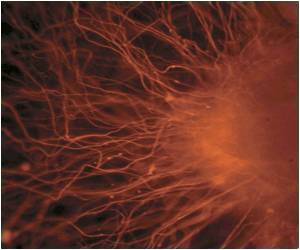New cells identified may help grow human dental tissue for patients, reports a new study.

The data obtained can provide a fundamental basis for the development of bioengineering therapies in dentistry and gastroenterology.
'Numerous attempts to grow teeth from only the stem cells involved in the development of enamel, dentin, and pulp, i.e., ameloblasts and odontoblasts, were not successful: there was no enamel on the samples, teeth were covered only by defective dentin. The absence of an easily accessible source of cells for growing dental tissue seriously restricts the development of a bioengineering approach to dental treatment.
To develop technologies of tissue engineering and regenerative medicine, promising methods of treatment in dentistry the cells identified by us may become the clue to the new level of quality dental treatment. Natural implants that are completely identical to human teeth will no doubt be better than titanium ones, and their lifespan can be longer than that of artificial ones, which are guaranteed for 10-15 years.
Although for a successful experiment, we still have a lack of knowledge about intercellular signaling interactions during the teeth development.' said Ivan Reva, Senior Researcher of the Laboratory for Cell and Molecular Neurobiology, School of Biomedicine, FEFU.
The scientist noted that large chromophobe cells reside not only the place where the teeth of the embryo form, but also exist at the border where the multilayers squamous epithelium of the oral cavity passes into the cylindrical epithelium of the developing digestive tube. This means that the new bio-engineering approach is relevant not only for growing new dental tissue but also for growing organs for subsequent transplantation and likely will be applied in gastroenterology.
Advertisement
For example, scientists have yet to figure out how in the earliest stages of human embryo development, from the seemingly homogeneous, and in fact, multilayered ectoderm, which is located in the forming oral cavity, different types and forms of teeth develop. However, it is already clear that more kinds of cells are engaged in the earliest stages of human teeth formation than it was previously supposed.
Advertisement
Source-Eurekalert












